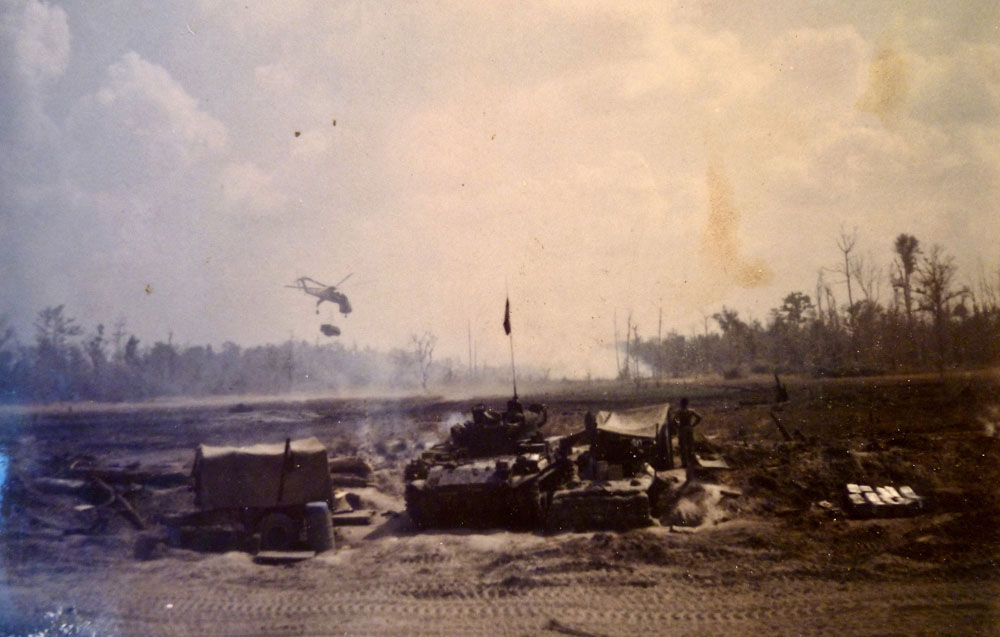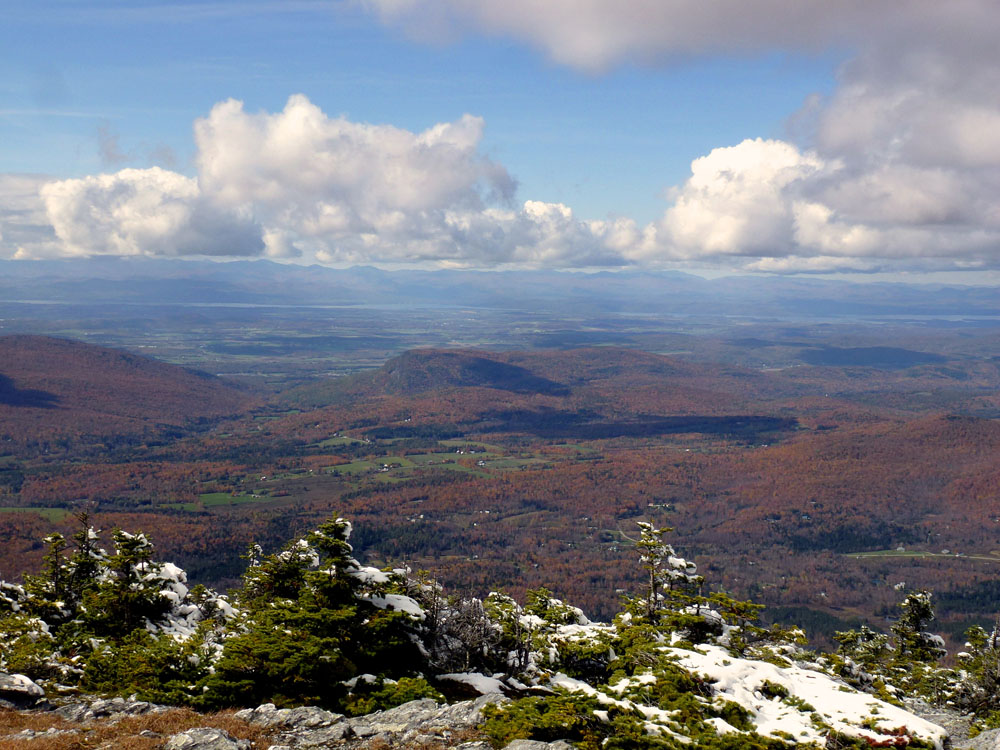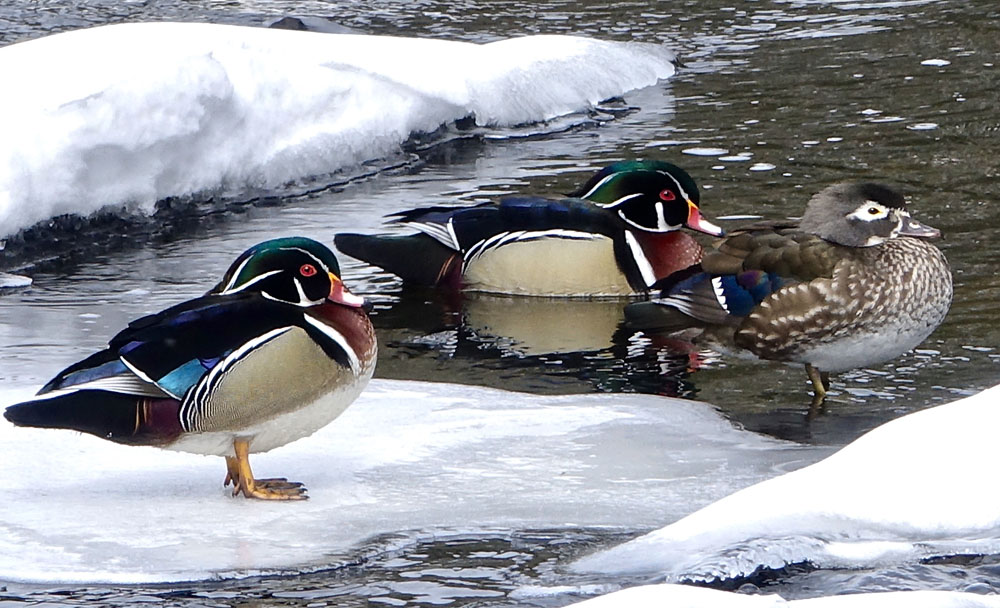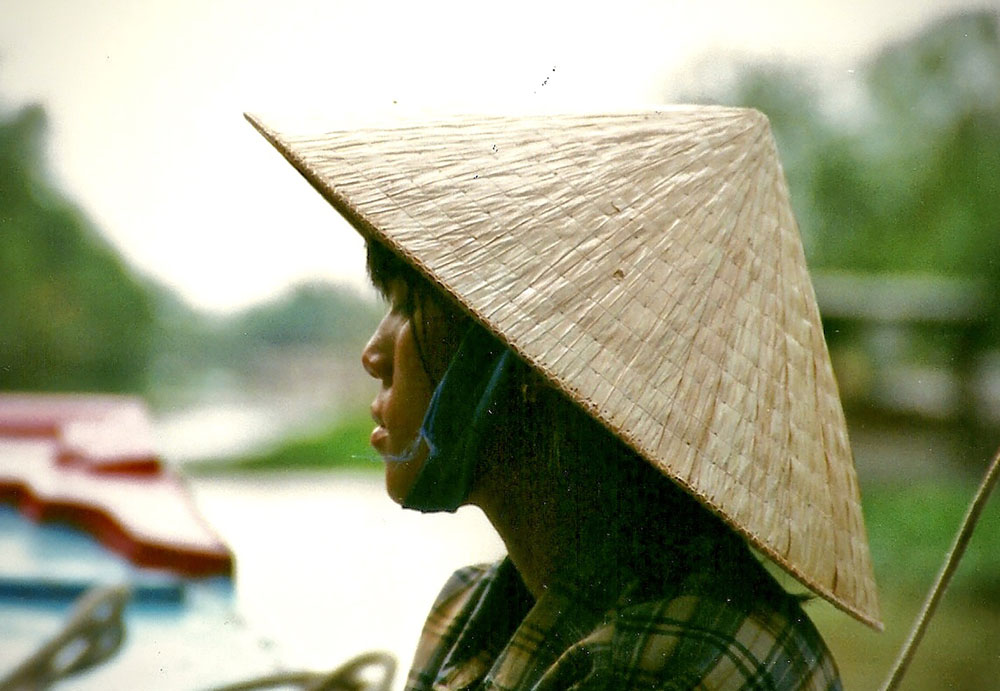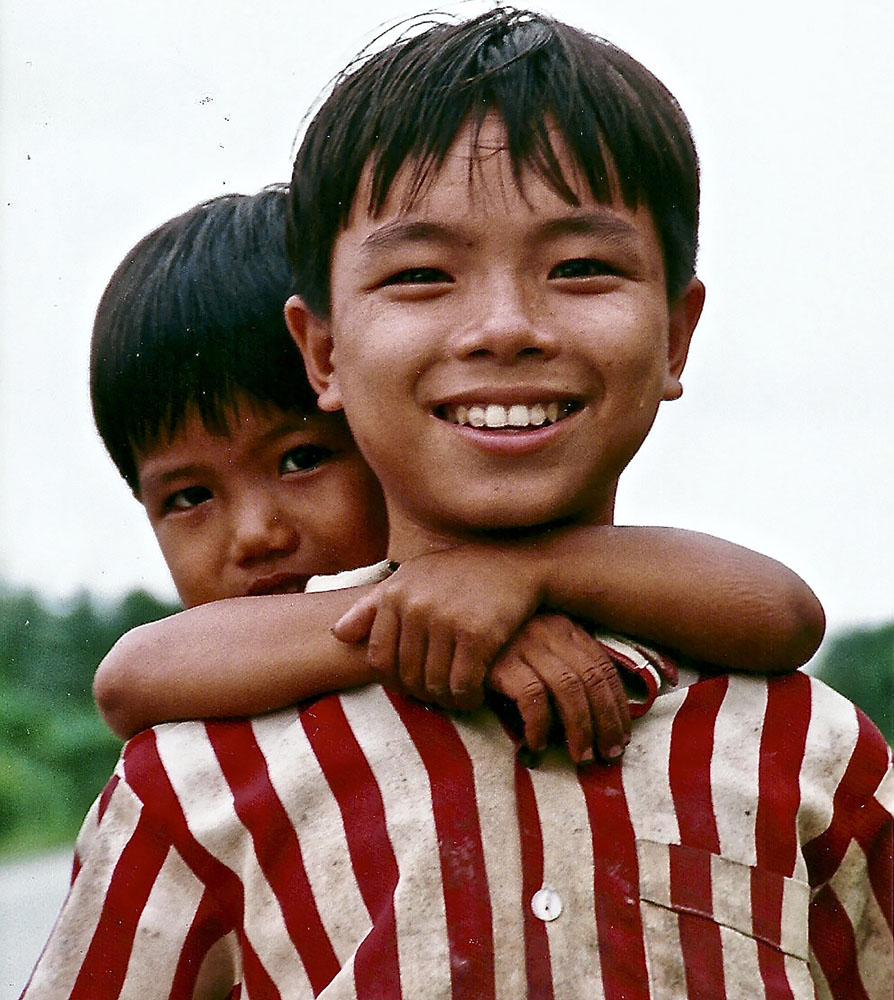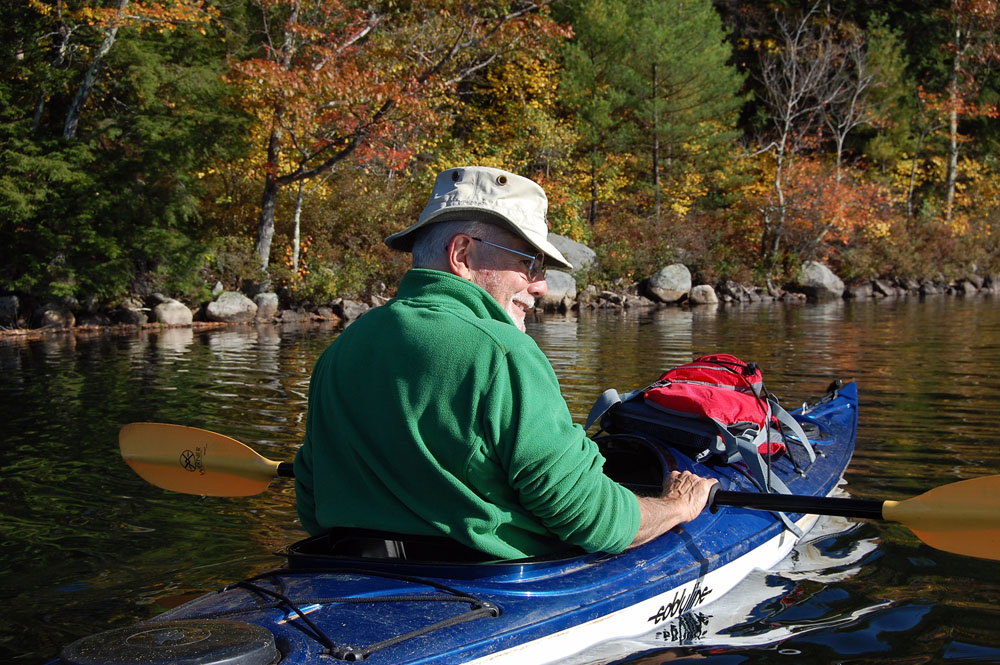 |
The Little Girl at My DoorBy Jack MalloryShe doesn't knock. She comes through the door uninvited. I've read hundreds of books about Vietnam history, analysis, memoir. They don't explain the little girl. I was going from Landing Zone Andy into the Vietnamese army base in An Loc. Right outside the wire. I noticed several children. Something wasn't right, and I told my jeep driver to head over there. Half a dozen kids were gathered around a young girl, maybe 10 years old, lying under a tree. She wasn't visibly injured, but pale, motionless, and dead. Through my interpreter, her friends told me she'd been up in the tree gathering dead branches for firewood. She had triggered a booby trap set up by the local Viet Cong. A grenade, without pin, had been placed in a tin can with a wire strung across the road. They had hoped that the antenna on an American vehicle would hit the wire, yank the grenade from the can, detonate it over the vehicle. A few minutes earlier, the little girl had detonated the grenade herself. She was apparently untouched, except for a small hole not much bigger than my thumb nail, right in the center of her chest. She had bled out internally. Not my fault. Not, directly, our fault. During my year in Vietnam and the years after, as the futility of the war became increasingly apparent, she was a reminder, a refutation of any attempt to justify the war with geopolitical bullshit or the trivia of whose fault it was. She was a dead little girl, in the wrong place at the wrong time, killed in a war that didn't have to happen. And because I played a tiny part in the making of that war, she came to my door. I had friends who died in the war, I may have killed North Vietnamese soldiers in the war, but she's the one at the door.
I don't understand little girls. Both of my kids are boys. It took a long time for them to learn to knock before coming into the room. She'll never learn, she's dead. She's been dead for as long as I've known her, but she still comes in without being asked, like the rest of the war. The little girl is the reason I go outdoors. She follows me there, too, sometimes. But there's a lot more out there, a lot more to take my mind off her, and the rest of the war. There are things to listen to, things to see, a lot to focus on. She fades into the background, sometimes almost disappears completely. The camera helps, now, too. I didn't take many pictures in Vietnam, and very few of those survived the war and the decades and divorces since. Some memories have survived. I remember green and brown, jungle and dust—mud during the rainy season. I don't remember beauty. The few photographs and my memories are of destruction. I was with the 11th Armored Cavalry: assault vehicles and tanks. Everywhere we went, we destroyed: farmer's fields, rubber plantations, jungle. Green and brown. The colors of bodies as they decay into the earth. My memories are green and brown. Very little stands out: no bright colors. In the jungle or in the rubber, it was dark, almost gloomy. And no animals, nothing alive except a few villagers and the enemy. We were an armored unit, our lightest fighting vehicle weighed 12 tons, our heaviest over 50. Where we went, the ground shook. Everyone, everything, knew we were coming. The Viet Cong and the North Vietnamese had plenty of time to get out of the way, or get ready. Jungle critters just disappeared. Today, I know jungle and forest as home to countless creatures. Working in Central America, I've seen toucans and macaws, howlers and spider monkeys, snakes and iguanas. In the woods and on the waters of New England I see deer and moose, snakes and snappers, loons and herons. When I'm outdoors, bright colors are everywhere. There are the variety of greens in the needles and leaves of the mixed forest in the summer, and in autumn much of that green becomes yellow and orange and red. In the winter, the shine of the ice and snow can be blinding. In the summer the flowers stand out brightly along the banks of river and lake. Year round there are the blacks and grays and silvers of basalt and granite. Any of that can be reflected in the waters of the lakes and rivers, with all the colors of the sky. The animals of the woods and waters are further distractions from the little girl. On the trails and on the waves, I have seen animals as small as spiders and as big as moose. I have spotted a young mink, curiously spotting me; I have been saddened by a raccoon coming down a tree with a face full of quills from an encounter with a porcupine. My camera has caught a young eagle against fall foliage, osprey launching themselves from the tops of snags, harlequin ducks against the brilliance of ice. The camera focuses my attention on a narrow part of the outdoors, so narrow there's hardly room for the little girl. Part of that concentration is technical—camera settings for the light and movement. Part of it is aesthetic—composition, framing, waiting for a cloud to pass or for the sun to sink behind a hill. And sometimes I just wait, watching for the osprey to return to its nest, or for a loon to reappear after diving for a fish. There's no attention left for her. Much of my hiking and paddling is done alone, but I often share my outside time with someone who understands my need for the woods and water. For her own reasons, she also finds peace and joy in the natural world. She doesn't see the little girl, but she understands why I do. Part of being outdoors is physical: biking, walking or running, rowing or paddling. I used to think it was just the exercise I was after. It was the 70s, the running decade. I thought I was doing it for physical health, to keep slim and fit. I was one of millions of people in their new running shoes, pounding the roads and trails, going to the gym. I thought it was for my body—I had no idea that exercise, and outdoors, were an attempt to leave Vietnam and the little girl behind. When I came back from Vietnam, I began to work with Vietnam Veterans Against the War; living in the city, organizing opposition to the war. Urban life, consumed by demonstrations, negotiations, politics. "The war" was a monolithic evil: personal details were lost in its immensity. And the Rolling Rock, Boones Farm, and pot helped keep the little girl and the other little details out of the picture. After two furious years I burned out on anti- war work, even as the war itself burned out. But then there was school: a BA, and graduate school, and fieldwork, and a dissertation, and jobs. A couple of marriages, career changes, kids. In and around the rest of life, I read about the war—those hundreds of books, trying to make sense out of it. I graduated from cheap beer and wine to cheap scotch. Decades after the war ended, it all fell apart. I retired, and read more about the war, and had another scotch, and still could make no sense of it. My marriage crumbled, and I had more scotch until my sodden brain realized I was in trouble. I quit drinking, and a veteran friend suggested PTS and help from the VA. It took awhile. But, sober, retired, divorced, in Vet Center therapy, I began to understand what the little girl was doing in my room. And I could also begin to understand the importance of the outdoors: I had the time to both be outdoors, and think about why. To understand that the outdoors, and my camera, were a refuge from the little girl. In 2001, I had returned to Vietnam with my family, one of my boys about the same age as the little girl when she was killed. When I saw young Vietnamese children I often thought about her, about how her life might have gone if she hadn't been gathering firewood that morning. Other scenes of Vietnam at peace were reminders of lives that had survived the war, and lives that have been built since. Vietnam seems full of color today—my photos are full of greens brighter than the greens I remember. There is the scarlet and gold of the Buddhist temple, the pink of market-bound pigs, children in their clean, bright school clothes. People living their daily lives helped me understand that Vietnam is a living place with living people, not a war and a little girl lying dead in the woods. After nearly a decade since I started thinking more clearly, understanding what she and the outdoors mean in my life, I realize there's been a change. Like my understanding of Vietnam as a living place, I can see nature the same way—as a world of its own. I now hike and paddle to enjoy the woods and water, more important than their value as an escape. I guess I'm ambivalent about her. Would I want her to go away, never come through my door again? No, she's part of my life. She's not always welcome, she's not always comfortable to be around. She reminds me of part of my life that I might wish had never happened, but that shaped it in a way that made me who I am. She sent me into the woods and onto the water, and for that I will be forever grateful. Jack Mallory is a long-time VVAW member. He served in Vietnam 69-70 and joined VVAW in 1970.
|

